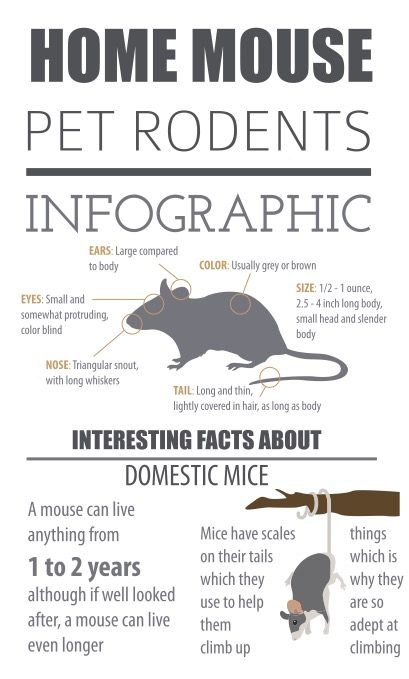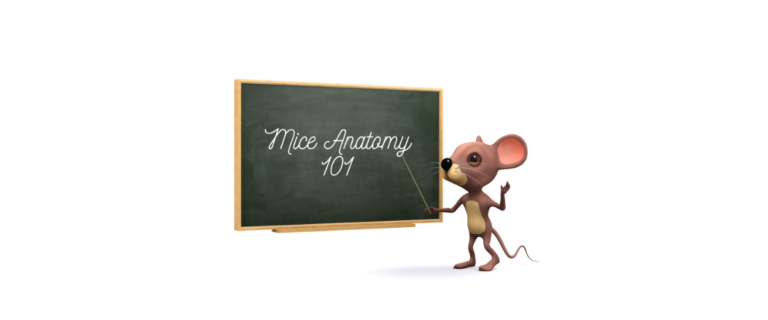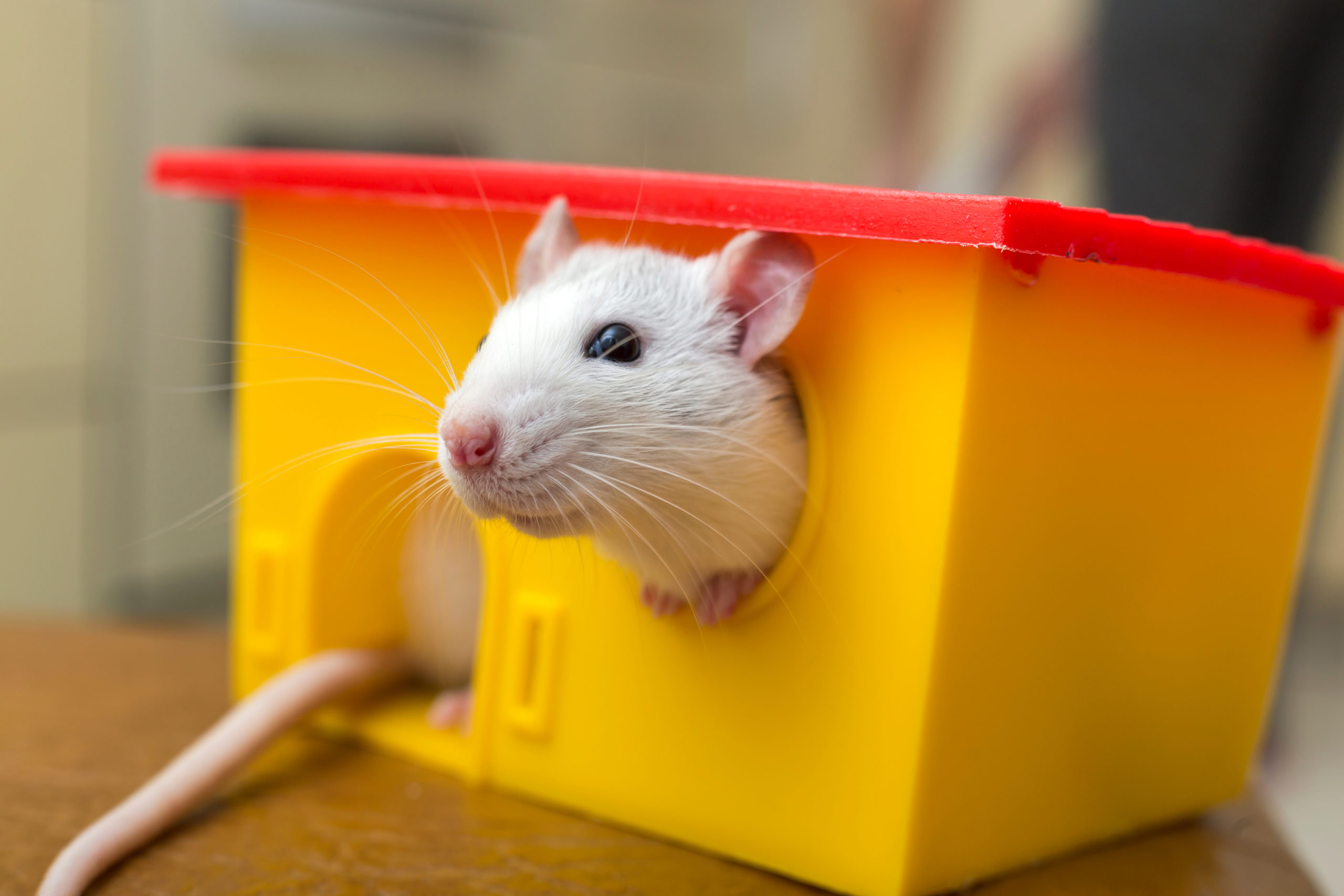Hello valued Small Pet Select supporters! We hope you’re enjoying our new product blog series, “Everything You Need to Know.” To continue keeping things fresh, we thought we’d introduce another new series where we learn about the anatomy of each small pet species we cater to. So put your thinking caps on as we study mice anatomy! We’re very grateful to the National Center for Biotechnology Information at the U.S. National Library of Medicine for providing excellent and credible information on some of our most petite friends.
Taxonomy and Natural History
Mice are rodents. Do you know where the word rodent came from? It’s derived from a Latin word that means “to gnaw.” All rodents have incisor teeth that constantly grow, and they use those toofers to gnaw on things. All rodents generally have the same body characteristics despite considerable differences in size. For example, the capybara can weigh up to 146 pounds (66 kg). Other examples of rodents are rats, squirrels, prairie dogs, beavers, and guinea pigs.
Did you ever wonder how long a mouse has been in the house? Believe it or not, according to the National Human Genome Research Institute, mice have been around for 75. MILLION. YEARS. Domestication didn't take place until the 1700s. The Chinese and Japanese domesticated mice first, and eventually, Europeans imported them as pets.
Mice Anatomy: General Characteristics
Like all rodents, mice have:
🐭 A long body that tapers towards the head;
🐭 Short legs;
🐭 Four toes on the front paws and five toes on the rear paws;
🐭 A long tail;
🐭 Four prominent front teeth/incisors that constantly grow;
🐭 Cheek teeth that do not grow after adulthood;
🐭 A variety of coat colors.

Determining Gender
As many of our small animal friends, the younger a mouse is, the harder it is to determine its gender. The easiest way to tell if a mouse is male or female is the distance from their anus to their genitals. In addition, the length is more significant in males versus females, and the genitalia is larger. Finally, female mice have nipples visible ten days after birth.
Male
Female
Fun Mice Anatomy Facts
- For mice, did you know their most useful sensory organ is their whiskers? Their whiskers enhance their sense of touch and enable them to navigate in the dark.
- You may have heard an old wives' tale that mice bleed from their eyes. Actually, their tears have a slight reddish tinge. However, if they are stressed, they secrete more tears. The extra tears give the impression they’re bleeding from their eyes and nose.
- Our rodent friends have a hard time handling hot temperatures. Born without sweat glands, it’s also physically impossible for them to pant. Extra heat is released via their ears and tails. However, it's essential to maintain a comfortable temperature in their enclosures. They prefer 65-75 degrees Fahrenheit (18-24 degrees Celsius).
So what did you think about our mice anatomy overview? Too simple? Too hard? We’d love to hear what you think about this blog or any of our other articles. Simply email hoomans@smallpetselect.com or comment on our socials. We'd also love to listen to what you want to read about. If you have any blog ideas, send them our way!
References:
Frolich, J.(2020, May 29 May). Rats and Mice. Elsevier Public Health Emergency Collection, National Center for Biotechnology Information, U.S. National Library of Medicine. https://www.ncbi.nlm.nih.gov/pmc/articles/PMC7258799/
DISCLAIMER: The links and information are being provided as a convenience and for informational purposes only; they do not constitute an endorsement or an approval by Small Pet Select of any of the products, services or opinions of the corporation or organization or individual.
Want to learn more about gerbils, hamsters, and mice? Check these out!
Considering adopting a pet for Christmas? Why new pets and the holidays don’t mix.








